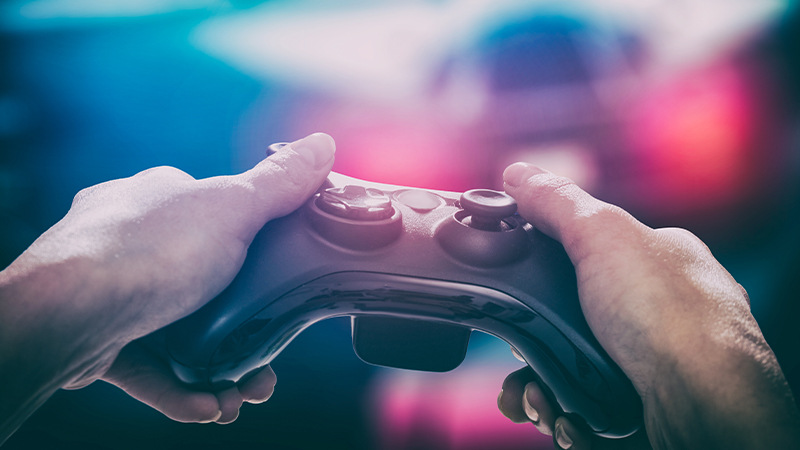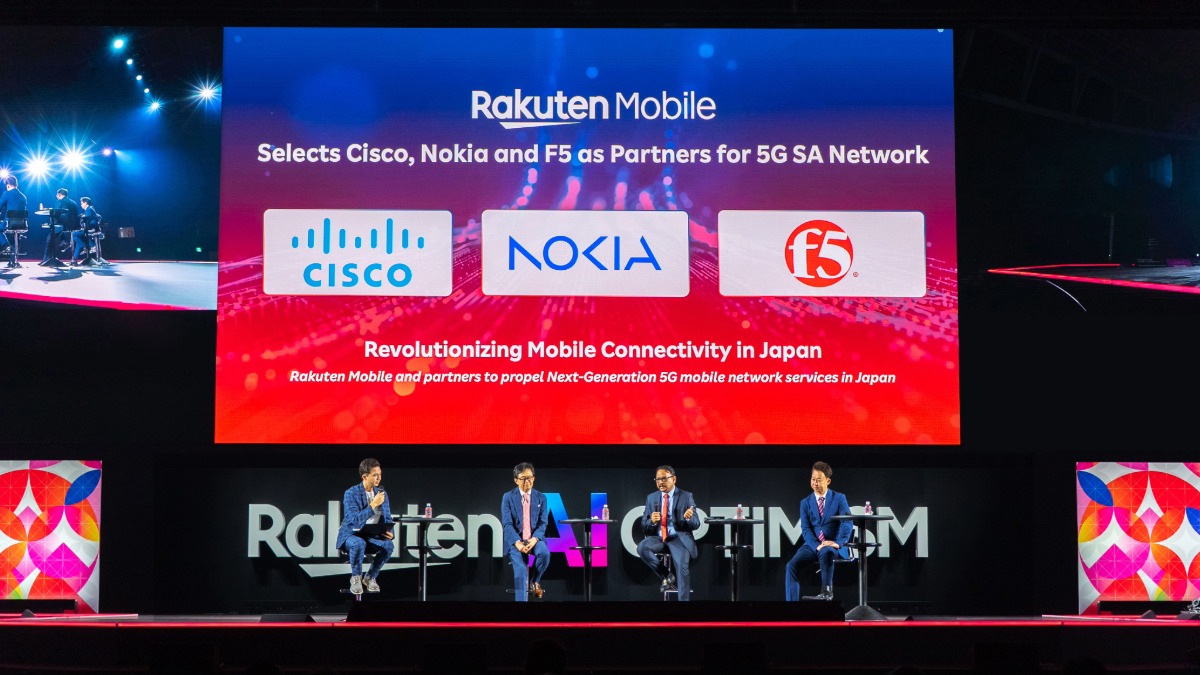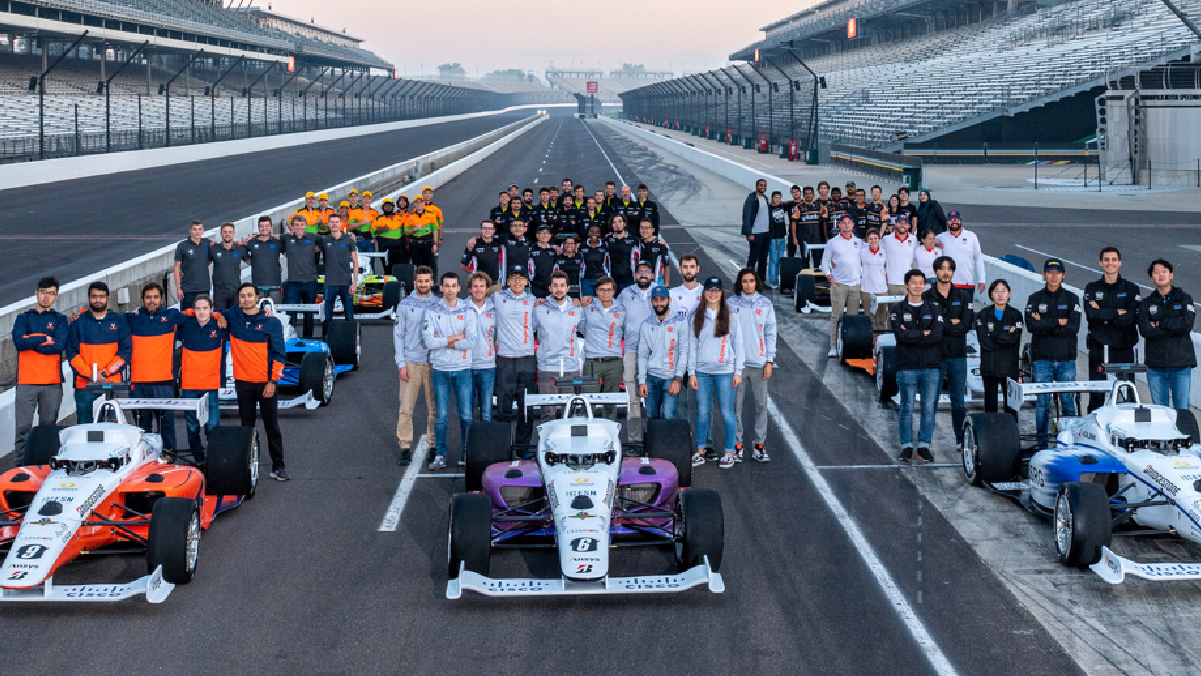Traditional sports games and leagues are taking a pause as more of the world is working, learning, and generally staying at home. The NBA, MLS, MLB, NHL, Rugby’s Six Nations, Formula One, golf tournaments, and many more have been cancelled or postponed due to the recent COVID-19 crisis. In response, we’re seeing a massive uptick in esports and gaming—popular PC gaming marketplace Steam saw a record 20,313,451 concurrent users in the past week, and Activision Blizzard’s free Call of Duty: Warzone saw 15 million players from when it launched on March 10th through March 13th.
As esports become more in demand and more people are signing on to play, it’s important to avoid network congestion that could lag your games. Wi-Fi 6 can change all of that, providing the bandwidth and less latency that every gamer needs to have the most seamless experience.
Esports helping to provide a sports fix
Much like most other professional sports leagues at the moment, auto racing sport Formula One has been altered due to the COVID-19 crisis—the FIA Formula One World Championship, Monaco Grand Prix, and other massive races have been cancelled. In addition, motorsports championships like NASCAR and Formula E have also been scrapped. In response, gaming and content production company Torque Esports debuted a virtual racing live stream on March 15th. “The Race All-Star Esports Battle” included online sim drivers playing against real Formula One superstars like Max Verstappen and Felix Rosenqvist.
See also: Cisco signs six professional golfers
Streamed on YouTube and Twitch, this event was reported to have 90 percent more live viewers than any esports racing event in history. It collected a combined total of 12.1 million minutes watched and millions of impressions on social media. With more people staying at home and a lack of live sports to watch, many are flocking to esports to get gaming into their own hands. With “The Race All-Star Esports Battle”, we saw a mix of virtual games, real racers, and fan engagement that created an entirely new kind of experience.
Why Wi-Fi 6 matters for gaming
To get the most out of the viewing and playing experience, gamers are going to need more bandwidth. More importantly, they’re going to need to free up the network congestion. Because more people are staying at home, the network could be slowed down by multiple devices being used simultaneously.
See also: How 5G will impact manufacturing work
To remedy this, Wi-Fi 6 has Multiple User, Multiple Input, Multiple Output (MU-MIMO) and orthogonal frequency-division multiple access (OFDMA) which can both help with the problem of multiple devices. MU-MIMO makes the network more efficient by sending data downstream to up to four single stream devices—previously, routers could only do one at a time. Instead of using a single-carrier frequency, OFDMA uses a number of sub-carriers that is able to be tracked simultaneously rather than consecutively. The spectrum is thus better allocated, allowing for multiple users of varying bandwidth.
With better bandwidth, lower latency, and increased speeds up to 9.6 Gbps, gamers are likely to have less buffering, faster downloads, and even stream 4K or 8K resolution video. Wi-Fi 6 also has a new security protocol called WPA3, an update that makes it difficult for hackers to guess passwords.
Learn more about the 6th generation of Wi-Fi by checking out Cisco’s page here.
###
We welcome the re-use, republication, and distribution of "The Network" content. Please credit us with the following information: Used with the permission of http://thenetwork.cisco.com/.




